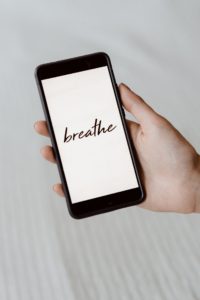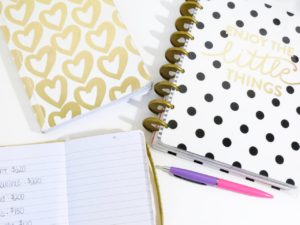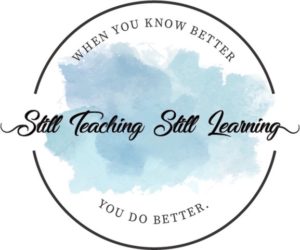
Teachers are under more stress than ever right now.
Teaching is a difficult enough job — planning, endless meetings, paperwork, email, reaching out to or responding to parents, not to mention actually teaching students and assessing their progress. Add all the beginning of the year assessments and analyzing data and wondering how you are going to address all the learning needs. Then add all the COVID protocols and constant monitoring of health and safety routines. Then – in our district – it has been raining for the past three days, which means indoor lunch, indoor recess, and even less of a break for teachers.
So how can we deal with teacher stress and take care of ourselves when the demands just never stop?



Here are 10 tips.
1 – take a mental health day. I hate using the term “sick leave”. It’s more like “take care of myself so I WON’T get sick” leave. I know it’s a pain to create sub plans. I know you feel like your class will fall apart without you. I know you hate creating potential stress on your grade-level team if you’re out. But take a day anyway. The world will not end.
Spend the day doing whatever makes you feel refreshed. Maybe you need more sleep. Maybe you need to read or watch Netflix or do something creative. Plan your mental health day around what will make you feel better.



2 – take a break during the day. Ask someone to cover your class for just a few minutes. Can you leave your classroom and go someplace else in your school for a change of scenery while your kids are at specials? Can you take a walk around the school (indoors or outdoors)? Can you give your students some quiet independent work to do while you take a break at your desk?



3 – do some mindful breathing, either alone or with your class. Here are two great options. This video teaches a mindful breathing technique and this video has relaxing music to play during independent reading or quiet work time.



4 – go outside. This can be combined with taking a break and/or with mindful breathing. Just getting some fresh air and a change of scenery can restore some calm.



5 – do a one-minute meditation. My favorite app for meditation is Headspace. They have tons of different meditation sessions to use, including sessions that are only one minute long. But you don’t have to use an app to meditate. It’s all about closing your eyes (or gazing at a focal point) and focusing on your breath. When thoughts come to mind (and they will), just return your focus to your breath. Escape to the restroom if you have to, close your eyes, and focus on your breath.



6 – while your students are writing or doing some other independent activity, write in a journal. It doesn’t have to be a real journal. Just writing on any random piece of paper or in your planner will work just as well.



7 – stop and do a read-aloud with your class. Whether it’s a chapter book that you’re currently reading together or a picture book that you can finish in one session, reading aloud to your students will calm everyone down. Read more about this activity in my post about #classroombookaday.



8 – do a brain dump of all the things that are racing through your mind. While this sounds like it will stress you out more, getting all the stuff out of your head and onto paper keeps you from having to obsess about it all.
What to do with all the stuff once it is written down? These tips are from a post I wrote about a teacher to-do list system.



Here are two ways to organize your brain dump:
1 – use colored pens (like Flair pens) and label your tasks by priority, using ABC or 123 labels.
An A or 1 label = anything that is urgent (in terms of time frame) and important for you to do.
A B or 2 label = anything that is important, but not quite as urgent.
A C or 3 label = anything that isn’t urgent and might matter to you, but isn’t immediately important to do.
(A brain dump list is especially great for these items since they are written down and will probably eventually get done so they don’t keep coming to mind when you’re thinking about more urgent/important tasks. You can relax because they’re “on the list”.)
2 – use highlighters. You could prioritize your tasks the same way, but just use highlighters to indicate the different priorities.



9 – one of the best tips I can offer is to talk to someone about your stress. It might be a teacher on your grade level, an instructional coach, a guidance counselor. Find someone you can trust and talk to them about what is causing you stress at school. They can often help brainstorm ideas for how to counteract the stress and the isolation it can cause.



10 – Finally – guard your time after school. Be as efficient as possible and leave as soon as you can. Go do something that brings you joy: hug your kids, take a walk in a park, go shopping, read a book, go work out, make something you love for dinner, get together with friends. Put as much effort into your own life and self-care and health as you are putting into your teaching and planning.



You are never alone. I hope these tips help you in some small way. Please reach out to me if you need to talk!
